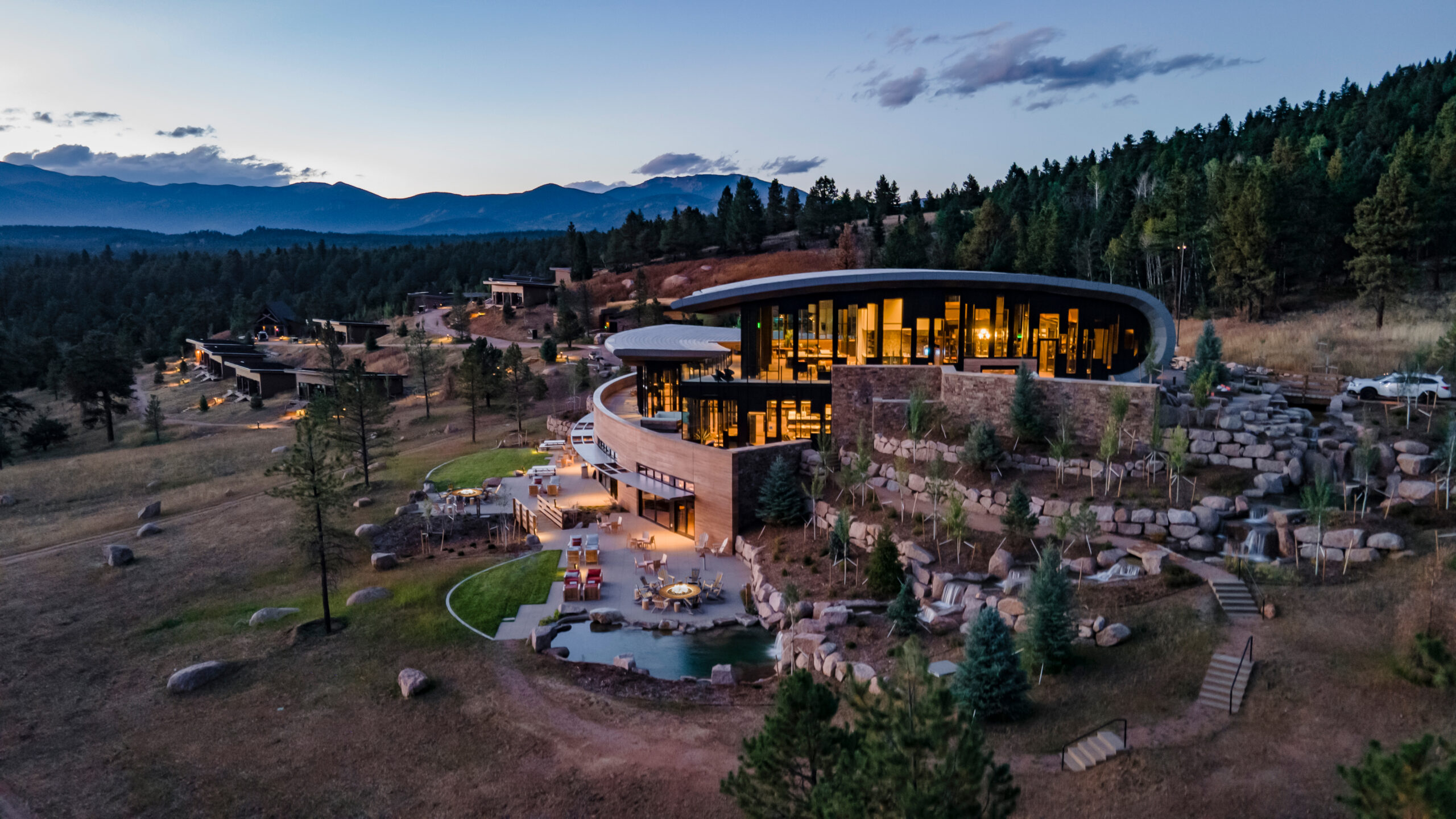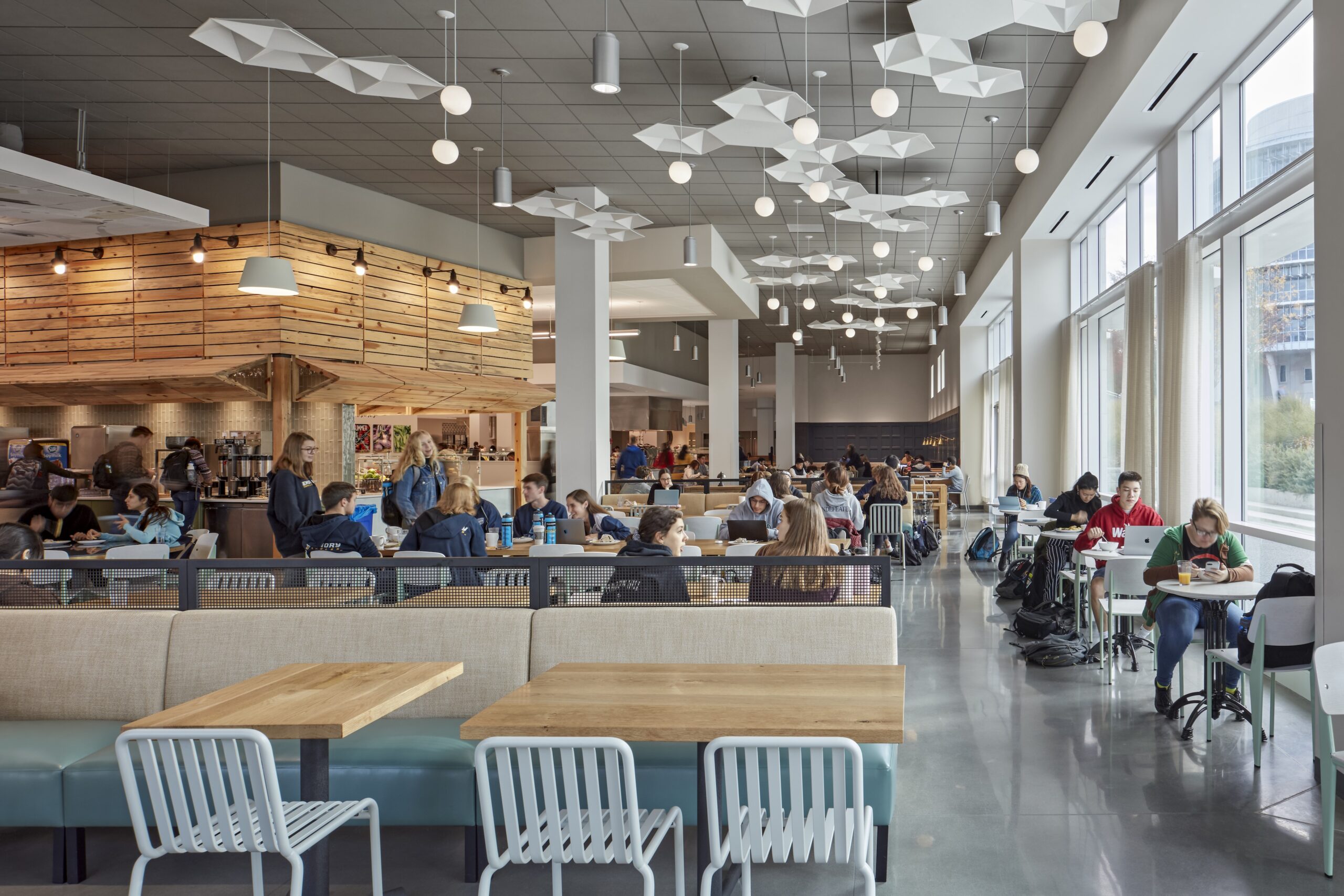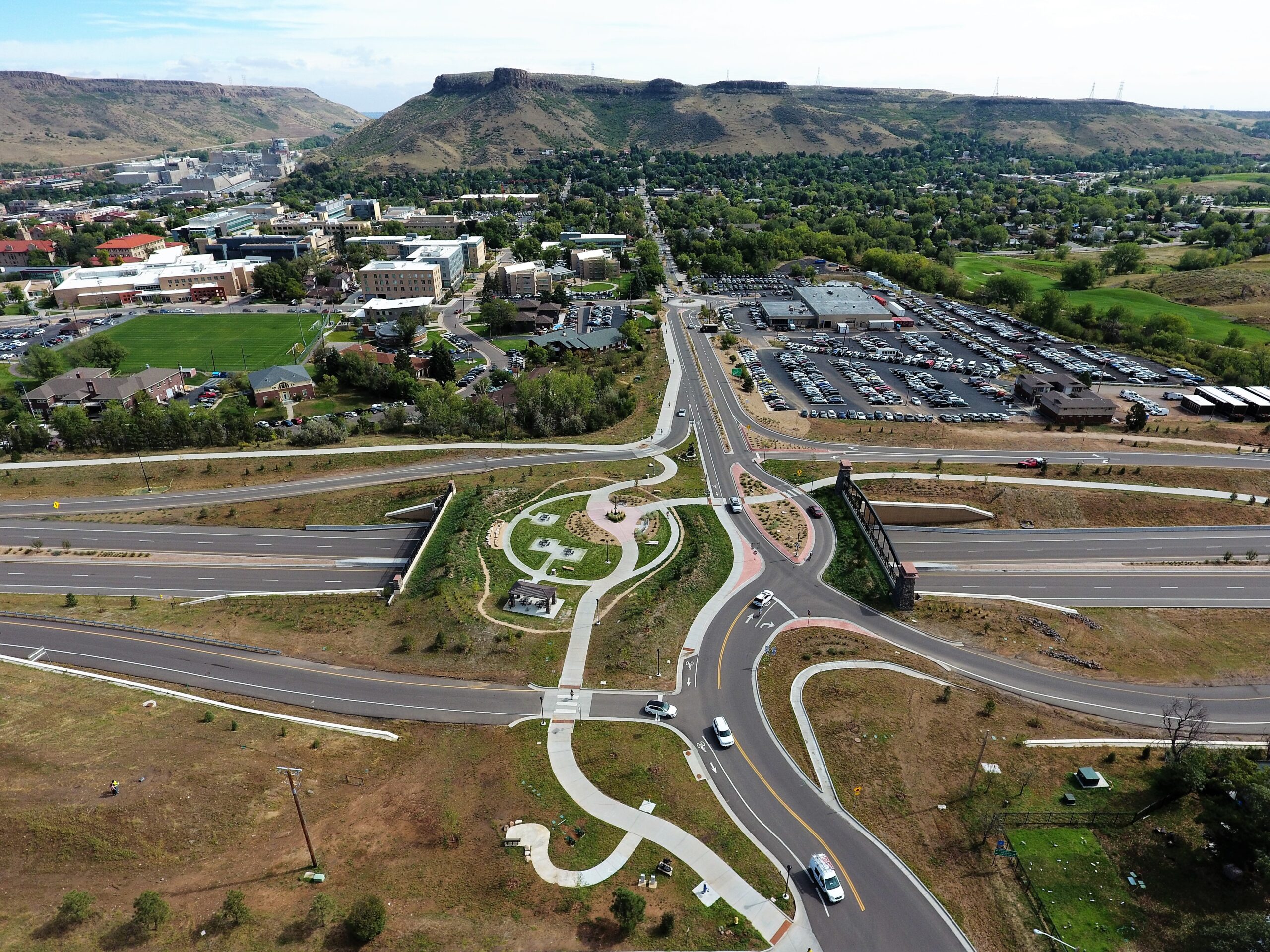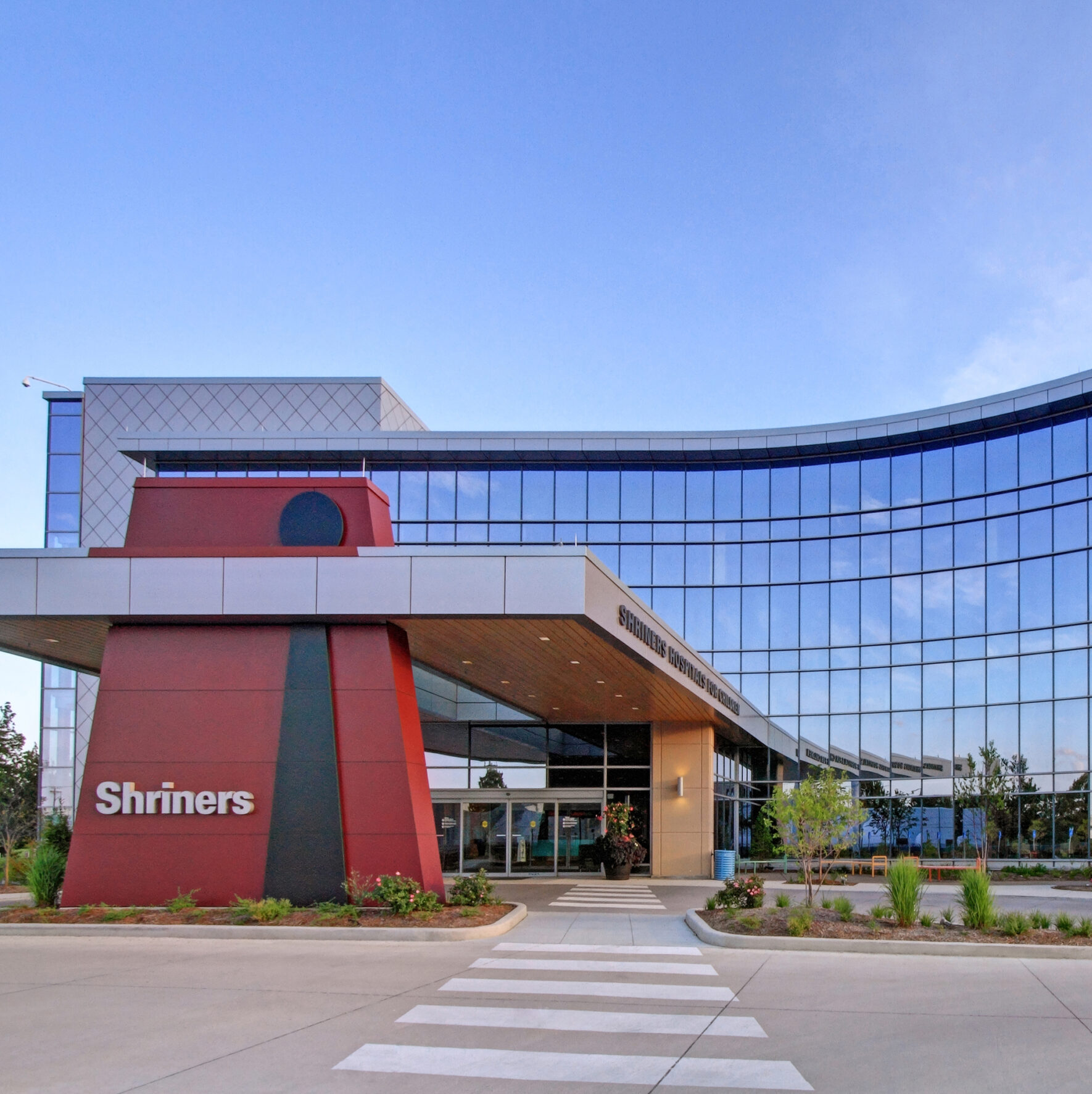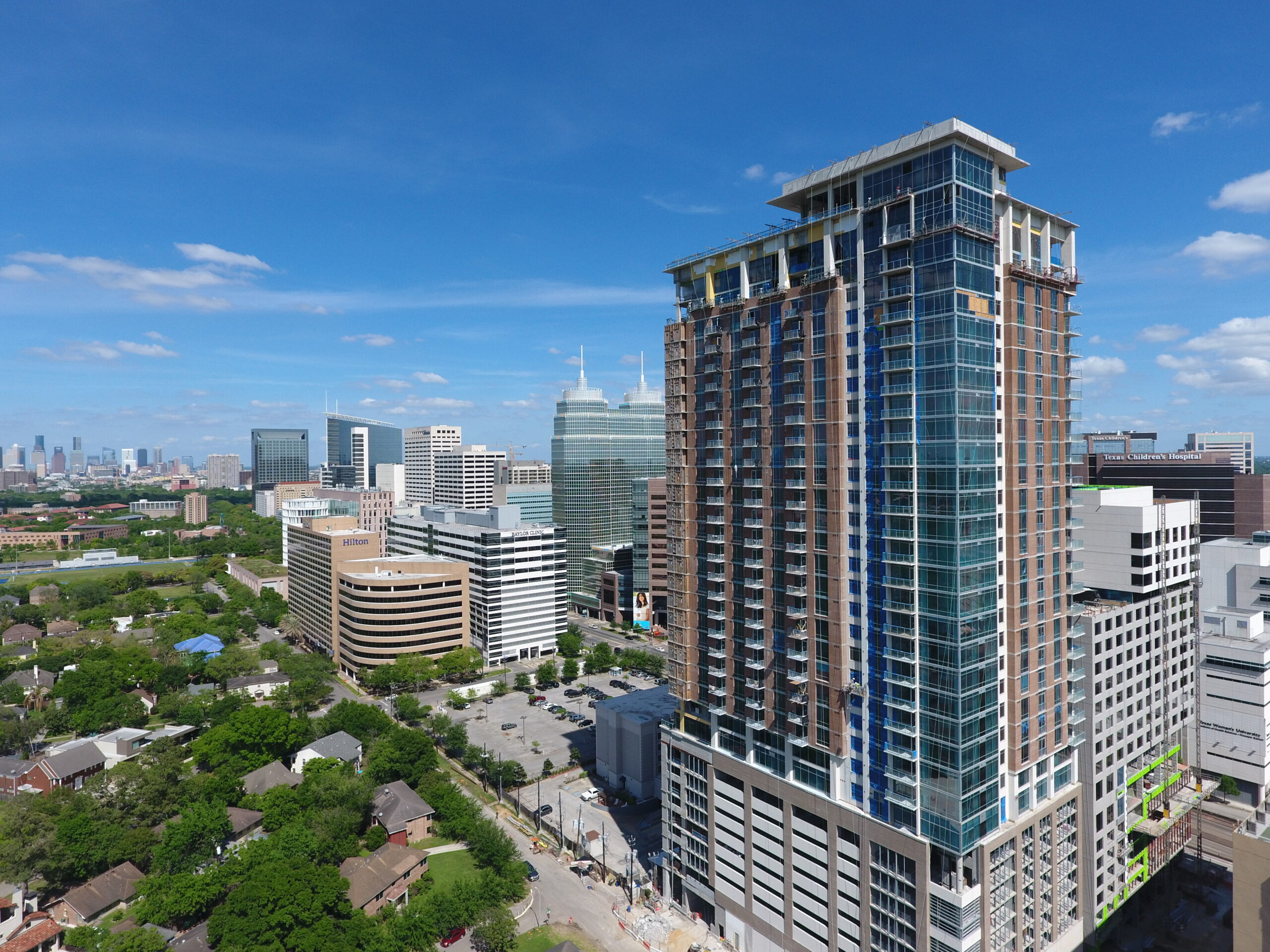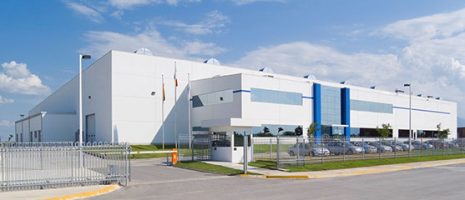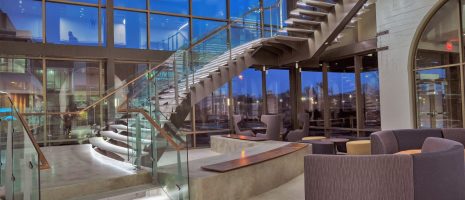Project SPEED: Multiple design solutions in a fraction of the time
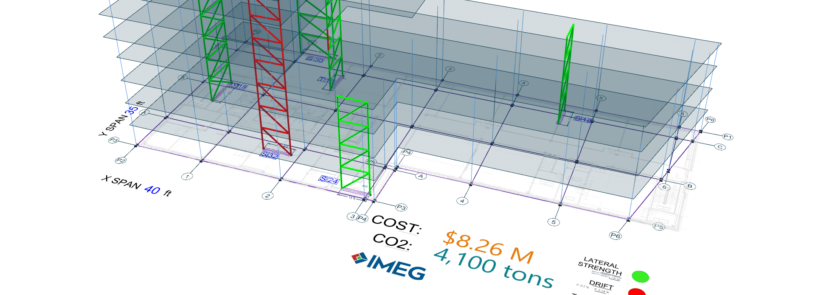
| The challenges of modern structural engineeringModern building projects require a holistic approach that balances multiple, often competing priorities, with structural integrity no longer the sole measure of success. Today’s designs must simultaneously address strict performance requirements, rapidly evolving building codes, increasing sustainability benchmarks, and tight economic constraints. A single structural design decision in a project’s early stage, for example, can impact a building’s entire lifecycle, from initial construction costs to long-term operational efficiency. While computational tools have expanded the capabilities of structural engineers, they have also increased the complexity of the design process. Engineers must process and integrate massive amounts of data. They must evaluate multiple design parameters. They need to make decisions that have far-reaching implications and anticipate and mitigate challenges before they emerge. |
Building owners want projects delivered on a shorter timeline than ever before. Traditional design processes, however, are not well suited to this reality, especially for structural engineers, for whom complexity and time are two of the biggest challenges. Buildings and materials have become more complicated, and each design iteration consumes precious hours. As a result, engineers often can’t fully explore the breadth of possible solutions, one of which might better meet a project’s goals.
Enter Project SPEED, a new initiative from IMEG that leverages the benefits of parametric engineering.
At its core, parametric engineering transforms design from a static, linear process to a dynamic, adaptive one. By leveraging specialized software like Rhino, Grasshopper, and Karamba, engineers can create flexible and intelligent design models that respond instantly to changes in parameters as opposed to building a model using fixed dimensions.
For example, an engineer can assign a parameter to the building’s floor-to-floor height. If the floor-to-floor height changes during the design, the engineer updates the parameter, and the model adjusts or “flexes” accordingly. The structural analysis also would be updated with the changes; beam and column sizes and their related costs would also change, as would embodied carbon calculations. These metrics provide instant feedback on a design’s financial and environmental impact, allowing engineers to simultaneously optimize structural performance, cost, and sustainability—a leap forward from traditional design methodologies.
Project vision and objectives
IMEG’s Project SPEED (which stands for Structural Parametric Engineering for Efficient Design) was born from recognizing the need for a more responsive design process. The initiative was launched by IMEG structural engineer David Nino and is based on his graduate research at TU Delft in the Netherlands. At Delft, David explored the potential of parametric design to transform engineering workflows, making those workflows more responsive and dynamic. The goal was not to replace human expertise but to amplify it. He worked to create tools that would empower engineers to explore more options faster.
The vision for Project SPEED extends beyond technical innovation. It’s about reshaping how structural engineers deliver value—moving from a service that provides a single solution to one that comprehensively explores the range of design possibilities.
Project SPEED focuses on four key objectives:
- Develop flexible and adaptable design models
- Implement real-time design checks
- Create seamless interoperability with other software
- Provide extended value to clients through enhanced exploration and optimization
While still evolving, Project SPEED has already demonstrated significant potential. Current efforts focus on practical applications, such as optimizing shear wall placement in complex building designs. Early projects have shown promising results, with reduced design time and enhanced exploration of design alternatives.
On one such project, the initial location of shear walls favored by the architect provided too much drift. Using a parametric model, the Project SPEED team quickly identified alternate shear wall locations that solved the drift issue while not impacting the building program. After reviewing the options, the architect selected an alternate design, which had the additional benefit of reducing the amount of steel required in the project.
Such results validate the core premise of Project SPEED: parametric engineering can fundamentally improve structural design processes, providing greater value to clients.
Learn more: Watch a video, read the service page, or contact David Nino.
